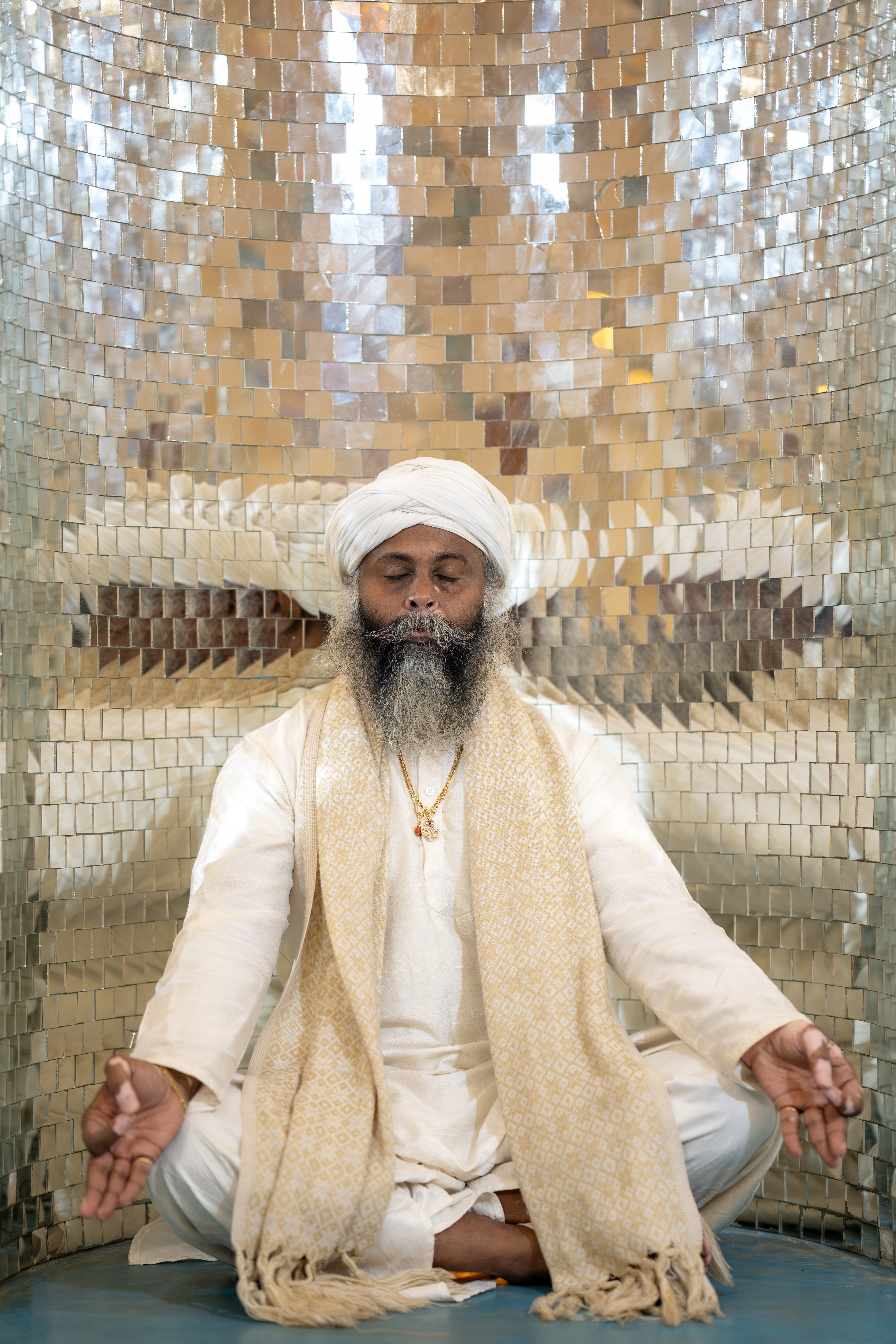When you look into someone’s eyes, you're not just connecting with their soul — you're gazing into a living timeline of evolution, geography, adaptation, and genetic storytelling.
Your eye color is far more than an aesthetic feature. It’s a biological signature shaped by your ancestors’ environment, climate, and survival needs. From the rich browns of sun-drenched lands to the icy blues of northern skies, every hue has a purpose, a past, and a mystery.
🟤 Brown Eyes: Nature’s Built-In Sunglasses
The most common eye color on the planet, brown eyes are deeply rooted in the equatorial zones of Africa, the Middle East, and South Asia.
Why brown?
High levels of melanin in the iris provide crucial protection against intense sunlight and harmful UV rays. In bright climates, this extra pigment shielded our ancestors’ vision and prevented ocular damage — an evolutionary advantage that ensured survival.
High levels of melanin in the iris provide crucial protection against intense sunlight and harmful UV rays. In bright climates, this extra pigment shielded our ancestors’ vision and prevented ocular damage — an evolutionary advantage that ensured survival.
Fun Fact:
If you have brown eyes, your ancestors likely lived in a region bathed in sunlight. Brown eyes are evolution’s original sunblock — reliable, strong, and deeply ancestral.
If you have brown eyes, your ancestors likely lived in a region bathed in sunlight. Brown eyes are evolution’s original sunblock — reliable, strong, and deeply ancestral.
🔵 Blue Eyes: A Northern Mutation with a Common Ancestor
Blue eyes are a relatively recent evolutionary twist, appearing around 6,000 to 10,000 years ago. Scientists believe this color mutation originated near the Black Sea and spread throughout Northern Europe.
Why blue?
In low-light regions, less melanin allowed more light to enter the eye — improving vision during darker winters and cloudy days. Blue eyes are a response to scarcity, not excess.
In low-light regions, less melanin allowed more light to enter the eye — improving vision during darker winters and cloudy days. Blue eyes are a response to scarcity, not excess.
Remarkable Insight:
Every blue-eyed person alive today may share a single common ancestor from this region — a reminder of how tightly woven our evolutionary paths really are.
Every blue-eyed person alive today may share a single common ancestor from this region — a reminder of how tightly woven our evolutionary paths really are.
🟢 Green Eyes: The Mysterious Middle Ground
Rare and enchanting, green eyes are one of the least common eye colors in the world, found in only 2% of the population. Most prevalent in parts of Europe, they are the result of a complex interplay of genetics and light.
Why green?
Green eyes contain a moderate amount of melanin, but their distinctive color also arises from a golden pigment called lipochrome, combined with Rayleigh light scattering — the same phenomenon that makes the sky blue.
Green eyes contain a moderate amount of melanin, but their distinctive color also arises from a golden pigment called lipochrome, combined with Rayleigh light scattering — the same phenomenon that makes the sky blue.
Folklore & Symbolism:
Historically, green eyes have been associated with magic, mystery, fertility, and even witchcraft. Their rarity only enhances their allure, often becoming a symbol of the unusual and the extraordinary.
Historically, green eyes have been associated with magic, mystery, fertility, and even witchcraft. Their rarity only enhances their allure, often becoming a symbol of the unusual and the extraordinary.
🟣 Purple Eyes: The Illusion of Violet
True purple eyes don’t exist in the way we think. What we perceive as violet or purple is actually due to extremely low melanin levels, often seen in individuals with albinism.
Why do they look purple?
When there’s barely any pigment to absorb or reflect light, it scatters in a way that can create a violet illusion, especially under certain lighting.
When there’s barely any pigment to absorb or reflect light, it scatters in a way that can create a violet illusion, especially under certain lighting.
Health Note:
These eyes are highly photosensitive and require special care to protect against sunlight and vision issues.
These eyes are highly photosensitive and require special care to protect against sunlight and vision issues.
👁 The Deeper Meaning Behind Eye Color
Eye color is a product of:
- Genetics
- Climate adaptation
- Light availability
- Cultural preference and sexual selection
Beyond aesthetics, your eye color is a survival trait passed down from those who braved deserts, tundras, forests, and mountain peaks. It’s an evolutionary echo of their resilience, adaptation, and love stories written in DNA.
🧬 What’s in Your Gaze?
- Do brown eyes run in your family, linking you to sun-rich lands and strong ancestral roots?
- Do blue eyes hint at Nordic winters and a shared origin with thousands across the globe?
- Are you one of the rare green-eyed mystics whose gaze carries both myth and mystery?
- Or do you carry the rare, delicate signature of violet — a reminder of how nature defies categories?
🌍 Eye Contact with Evolution
Next time you meet someone’s gaze, remember:
You’re not just looking at a color.
You’re looking at thousands of years of survival, adaptation, and cosmic design.
You’re not just looking at a color.
You’re looking at thousands of years of survival, adaptation, and cosmic design.
✨ What stories do your eyes tell?


0 Comments